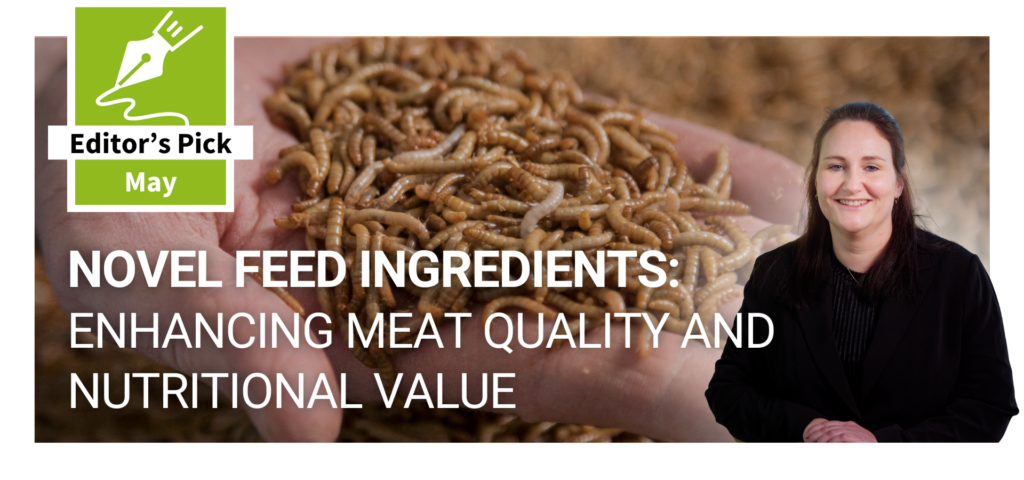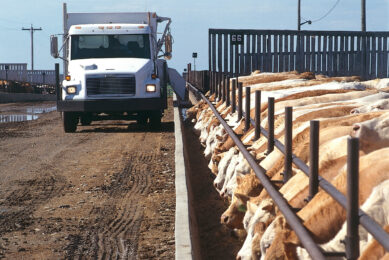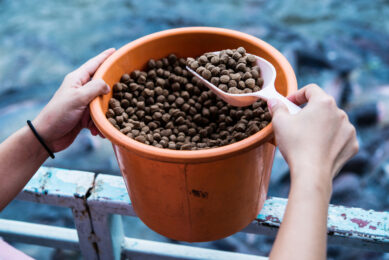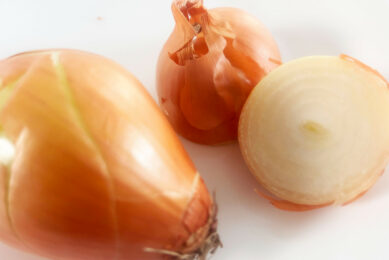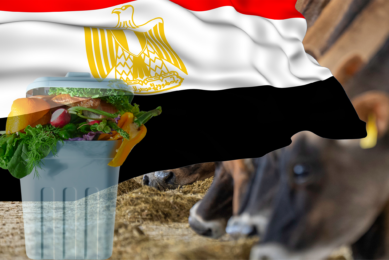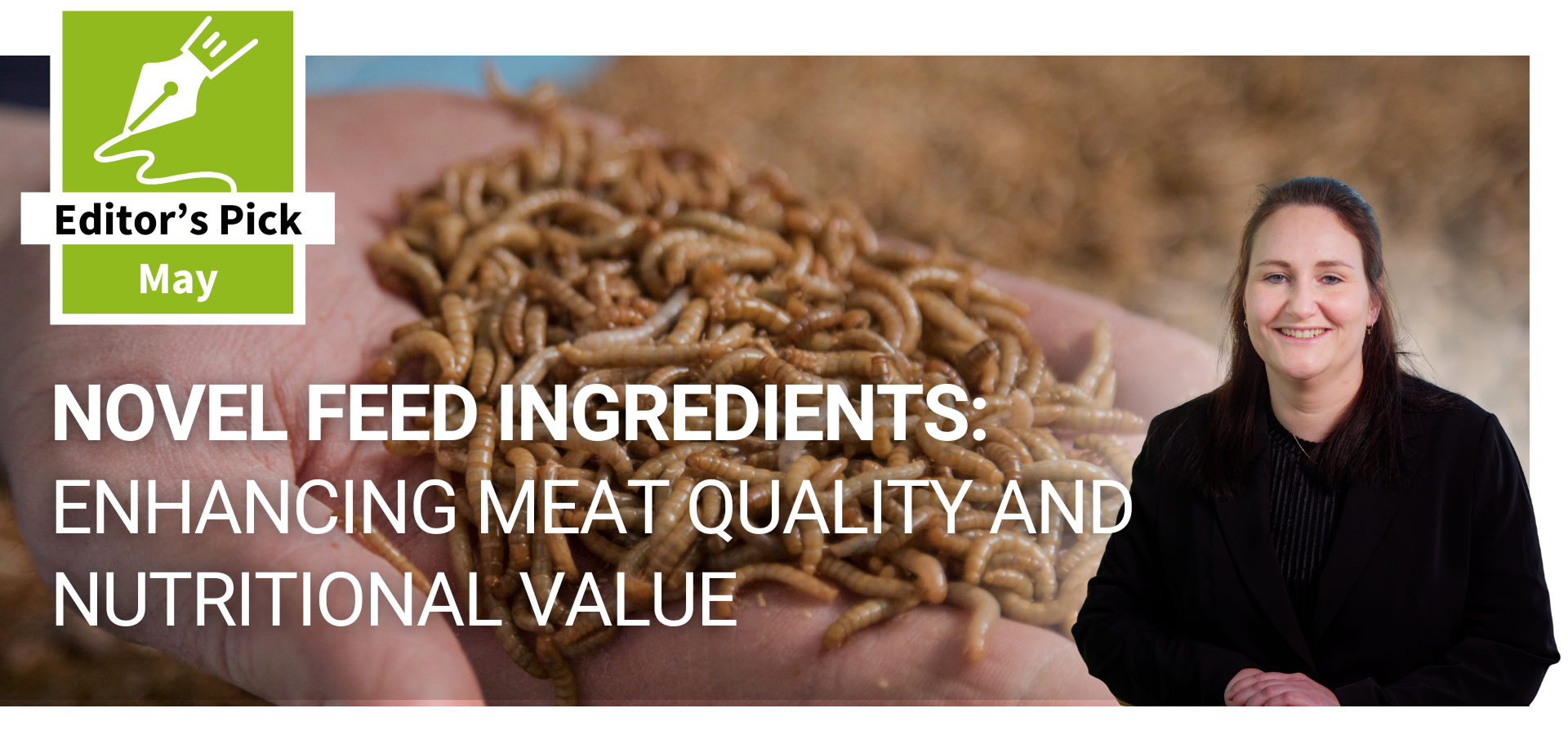Vietnam explores slaughterhouse by-products for livestock feed production
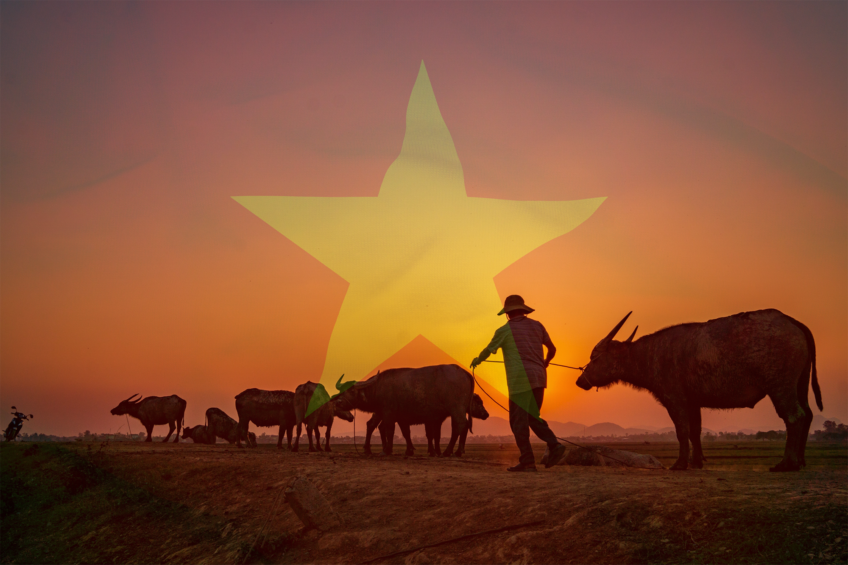
The use of protein by-products from slaughterhouses could potentially help Vietnam to reduce its dependence on imported corn and soybeans, presenting a promising opportunity. However, the transition remains challenging from legislative and technical points of view, as Vietnamese government officials outlined during a seminar with the European Fat Processors and Renderers Association (EFPRA) in March 2025.
Heavy reliance on imported feedstuff
Vietnam, the world’s 8th largest feed manufacturer, spends around $7.5 billion annually to import 65% of feedstuff, primarily corn and soybeans, necessary to meet domestic demand. The government has long been considering various steps aimed at lowering the dependence to improve the national balance of payments.
Millions of tonnes unused annually
Around 2.5 million tonnes of by-products from slaughterhouses remain unused in the country on average per year, Pham Kim Dang, deputy director of the Department of Livestock Production and Veterinary Medicine, said during the meeting, as quoted by local press. These by-products are estimated to be one of the most promising options for use in feed production.
Challenges with collection and regulation
Slaughterhouse waste collecting and recycling is still in its infancy in the country largely due to a lack of legal regulations that would pave the way for the slaughterhouse’s waste to be used to feed livestock, Dang admitted.
Fragmentation of Vietnam’s slaughter industry
In addition, only up to 12% of animals in the country are slaughtered at industrial facilities in Vietnam, Dang said, suggesting that the high industry fragmentation adds difficulty to establishing waste collecting and processing systems.
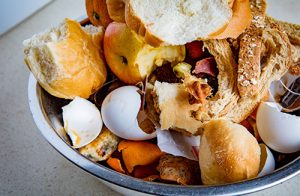
Current dependence on European imports
Vietnam uses animal-based feed ingredients, including by-products from slaughterhouses, but they are primarily imported from the EU.
Strong European presence in imports
Over the past few years, the value of imports in this category was close to $300 million, with European companies accounting for the lion’s share of this figure.
European expertise to support Vietnam
Speaking during the meeting, Robert Figgener, EFPRA President, expressed optimism about the potential collaboration. He said that the European industry could share its experience in establishing a comprehensive slaughterhouse waste collecting system with Vietnam.
Need for better data collection
He assumed that local firms conducted only primitive assessments of the volume of by-products generated, and gathering reliable data on the situation in this field would be the first step towards the future use of these by-products in animal feed.
Circular economy benefits for livestock
Figgener also emphasized that the practice not only enhances the utilization of domestic raw materials but also promotes the sustainable development of livestock within a circular economy model.
Sustainability advantage over soybean meal
According to EFPRA’s calculations, the use of animal-derived protein from pigs and poultry has the potential to reduce global warming impacts 4.1 to 4.6 times more effectively than the use of soybean meal and is up to 7.6 times more sustainable than meat-and-bone meal.



